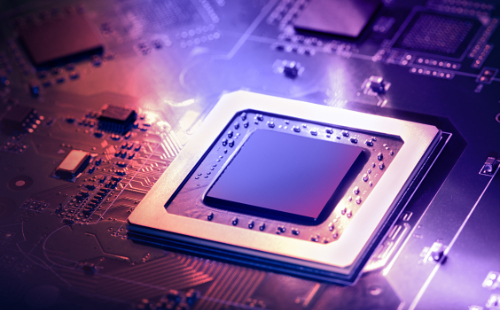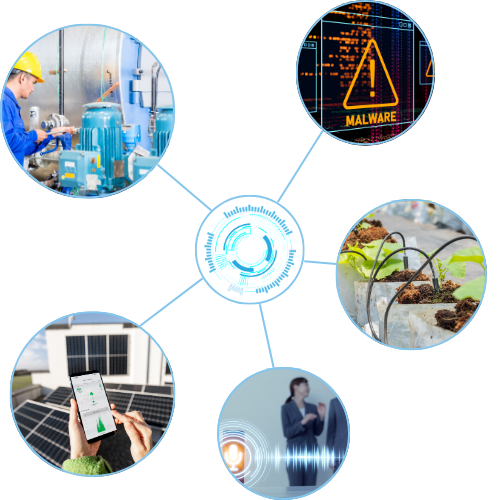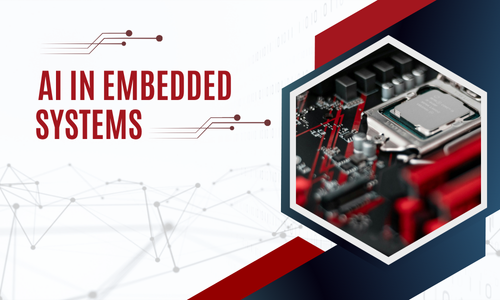AI in Embedded Systems
AI in Embedded Systems: Real-World Applications Beyond the Hype
Artificial Intelligence (AI) has become one of the most talked-about technologies of the decade—but when it comes to embedded systems, it’s not about futuristic robots. It’s about adding intelligence at the edge to make devices faster, smarter, and more useful in real-world scenarios.
At Senologic, we see firsthand how embedded AI is unlocking new opportunities across industries—from predictive maintenance and smart energy to anomaly detection and personalized user experiences.
Let’s break down what it really means—and where it’s making a difference.
Why AI in Embedded Systems?
Traditional embedded systems collect and process data using fixed logic. AI-enabled embedded systems, on the other hand, can:
- Recognize patterns in sensor data
- Make decisions in real time
- Adapt over time with learning models
- Reduce reliance on the cloud for processing
This means better speed, reliability, and autonomy—especially in environments where latency, bandwidth, or power consumption is a concern.

5 Real-World Use Cases
1. Predictive Maintenance in Industrial Equipment
By monitoring vibration, temperature, or motor current, embedded AI can detect early signs of wear or failure, preventing costly downtime and repairs.

2. Smart Agriculture Monitoring
AI can process environmental data, such as soil moisture, sunlight, and crop imagery, to optimize irrigation and harvesting, even in areas with poor connectivity.
3. Energy Optimization in Smart Buildings
Edge AI systems adjust lighting, heating, and cooling in real-time based on occupancy and behaviour, saving energy without sacrificing comfort.
4. Voice and Gesture Recognition
Devices like smart appliances or wearables can understand commands or gestures using compact AI models that run directly on low-power microcontrollers.
5. Anomaly Detection in IoT Networks
AI algorithms running at the edge can flag abnormal device behaviour or security threats before sending data to the cloud.
What Makes It Possible?
Thanks to advances in tinyML, optimized neural networks, and hardware accelerators, AI is no longer just for servers. Modern MCUs and SoCs now support lightweight models trained using tools like:
- TensorFlow Lite for Microcontrollers
- Edge Impulse
- STM32Cube.AI
- NXP eIQ
- Syntiant, Ambiq, and other AI-focused chips
How Senologic Helps
At Senologic, we design and build embedded solutions that combine AI, firmware, and hardware into efficient, scalable products. Whether it’s integrating a trained model into your MCU firmware or designing custom PCBs optimized for edge AI, we bring your ideas to life with real intelligence.
We can help you:
- Identify valuable AI use cases for your product
- Select the right hardware for AI inference
- Optimize and deploy models to resource-constrained devices
- Prototype and scale intelligent embedded systems
Ready to Build Smarter Devices?
If you’re looking to add AI capabilities to your embedded product—or want to explore whether it’s the right move—let’s talk.
Visit our Services page to see how we help bring intelligence to hardware, or book a consultation to explore what’s possible with embedded AI.
– The Senologic Team

